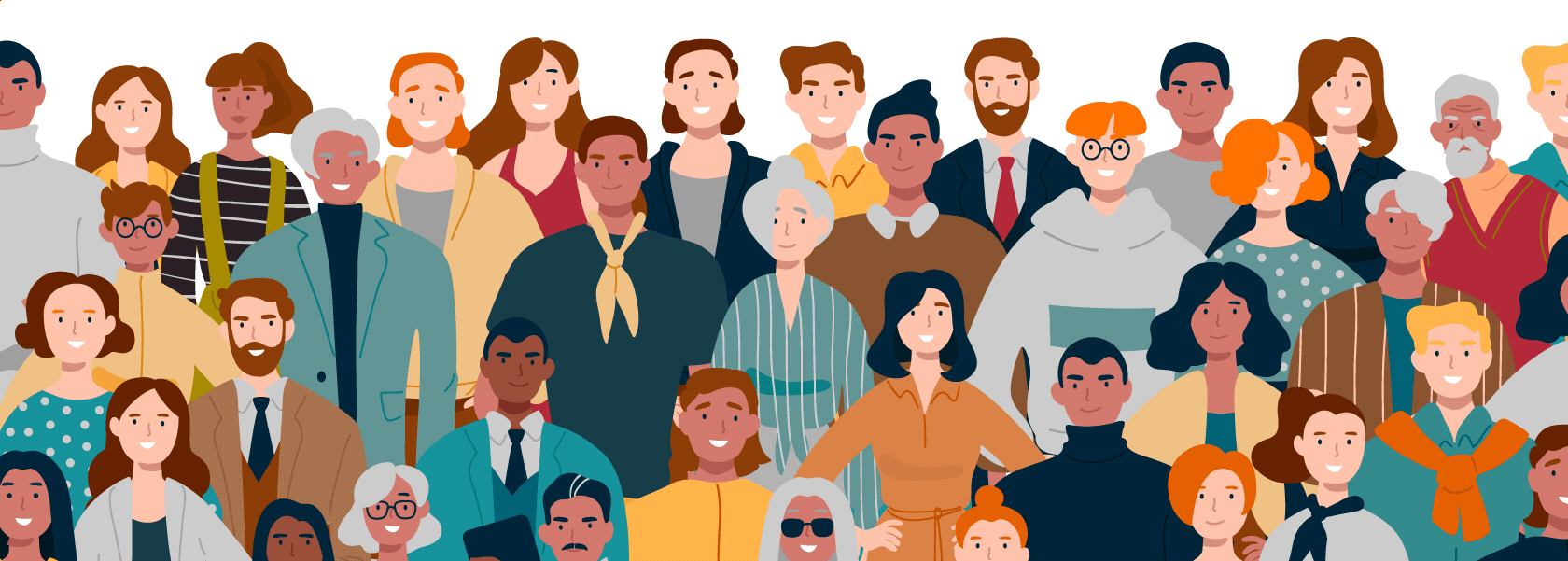
This playbook presents a bold yet achievable North Star vision for what unemployment benefits can be, and the concrete steps needed to get there — concrete steps that, in almost every case, individual states have already tested.
To create the vision and map the steps, we collaborated with more than 50 advocacy groups, partners, dozens of state leaders and many unemployed workers. We highlight lessons learned from past recessions, recent pandemic-inspired innovations, and complementary benefit spaces like SNAP and WIC.
We hope that this living playbook will inspire and drive further improvements, building on the successes of individual states. New America, supported by the Families and Workers Fund, will continue to update these pages as states develop more solutions. We invite you to submit your suggestions and stories here.
And a lot has already been written about what’s gone wrong. Coming out of the last recession, the American Recovery and Reinvestment Act of 2009 (ARRA) provided up to a total of $7 billion as incentive payments for states to “modernize” state UC benefit provisions. Payments were available through September 2011.1 As recently as 2016, the Government Accountability Office (GAO) asserted2 that 40% of states had completed successful “modernizations” of their unemployment systems. But looking at the experiences of states delivering unemployment this year, it’s hard to see $7 billion in improvements or modern benefits delivery. The Department of Labor Inspector General’s 2021 report highlighted that it took far too long for states to disburse payments (an average of 50 days for the PEUC program) and that they didn’t follow U.S. DOL guidance, leading to unnecessary hardship for workers while also increasing improper payments.
As of this writing, more than half of states have opted out of continuing Pandemic Unemployment Assistance (PUA) benefits, many citing the challenges of rampant fraud. If we don’t put effective solutions in place now, we are at real risk that essential emergent benefits will not be an option in the next recession.
While there were delays and delivery challenges, the CARES Act kept 12 million families out of poverty and helped support the economy through the pandemic economic crisis. Every $1.00 spent on UI created $1.61 in local spending, which helped keep the economy afloat during this difficult time. Overall, nearly one in four workers relied on unemployment insurance to weather the pandemic, with insurance claims peaking around 30 million in late June of 2020. Less generous unemployment benefits would have made the recession even worse, demonstrating how necessary these benefits were to families.
We set a vision for what we want unemployment benefits to look like — a North Star that hasn’t been articulated before.
We want claimants to easily access and manage the benefits they’re entitled to, so we set claimant-centric metrics and launch demonstration projects to refine the best ways to achieve them. And we share what we learn, in ways that other states can readily replicate.
We want equitable outcomes for all populations, so we design processes for the hardest-to-reach 10%. We measure how those processes are working across demographics groups, and we hold systems accountable to equitable access.
“What is a state’s primary mandate when it comes to UI: To administer the prompt delivery of unemployment benefits to eligible applicants or to focus on identifying potential fraud and minimizing payouts?”3 — New America
The report begins by describing a potential future for unemployment benefits, one where all claimants can navigate the benefits application process, where real-time data feeds make it possible for them to receive payments the very same day, and where anti-fraud measures are effective at stopping benefit and identity theft, without also stopping real claimants from gaining access. We will know we have reached these goals because we have consistent, reliable metrics that track claimant-centric success outcomes as well as equitable access metrics across all populations.
“Digitizing a broken process gets you a digitized, broken process.” — New America
We considered the unemployment process step by step, through the lens of claimants, partners, and the limitations of current systems. We uncovered success stories, case studies, and promising practices across the following areas:
We also spend time on specific technology best practices, like website instrumentation and back-end system monitoring, that can help systems collect and act on data to drive improvements. But we emphasize that technology by itself isn’t a solution. COBOL systems can process claims just fine, just as a new single-page JavaScript application can make it impossible for users to apply. The technology itself is nowhere near as relevant as the surrounding goals, metrics, policies, and processes.
In summary, our recommended approach for improving unemployment is:
https://www.naswa.org/system/files/2021-03/usdolreleasesnaswareport.pdf Page VI ↩
https://www.newamerica.org/pit/reports/unpacking-inequities-unemployment-insurance/a-focus-on-fraud-over-accessibility-the-punitive-design-of-ui/ ↩
“States often found that changes to one aspect of service delivery affected or influenced another. State leaders described the importance of strategically addressing the interplay of policy, business process, and technology barriers as they worked to implement their visions of service delivery. State policy staff usually participated in design sessions for new eligibility systems to ensure that new technologies were as compatible as possible with existing policies and planned policy changes. Policy staff often worked alongside operational staff to set policies for business improvement pilots or write new policies to fit new business procedures. Illinois changed its policy on verifying citizenship, allowing the state to eliminate a citizenship form that had slowed processing of benefit applications. Likewise, redesign of business processes sometimes called for changes in technology, and access to improved technology could spur changes in business processes. The development of a single computer system to handle all of Rhode Island’s social service programs facilitated the shift to an integrated business process using universal workers.” link ↩